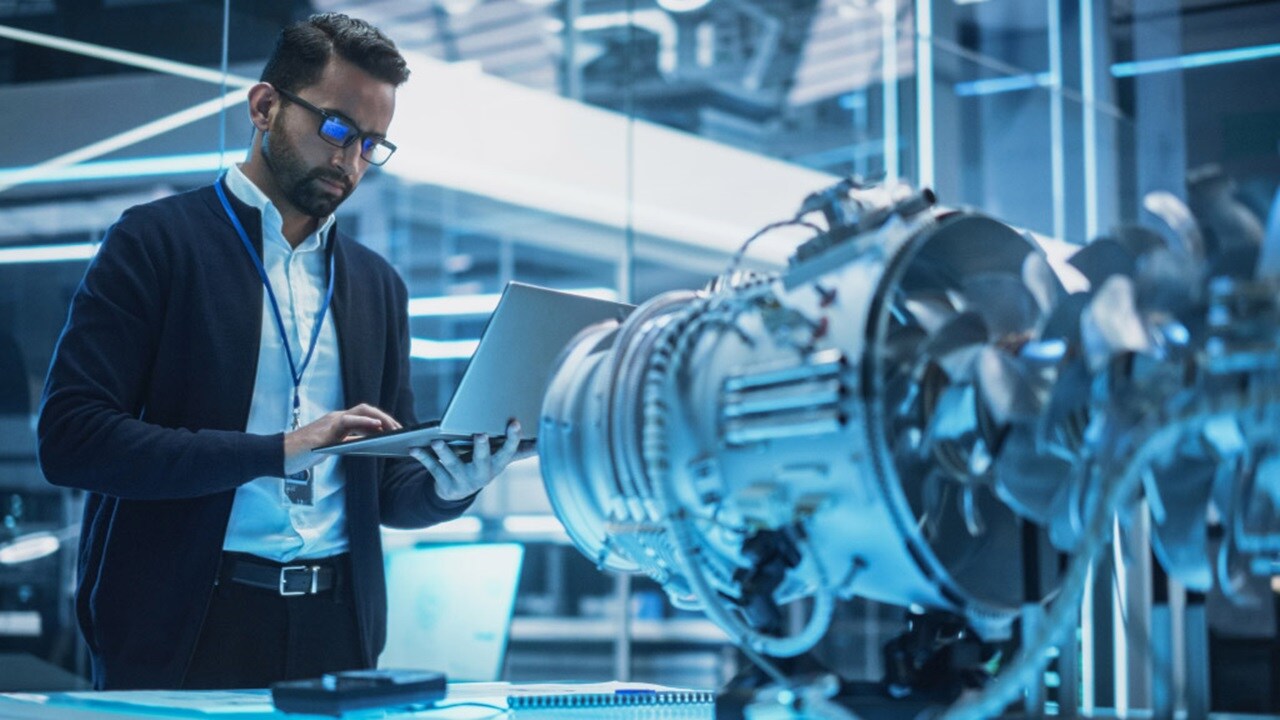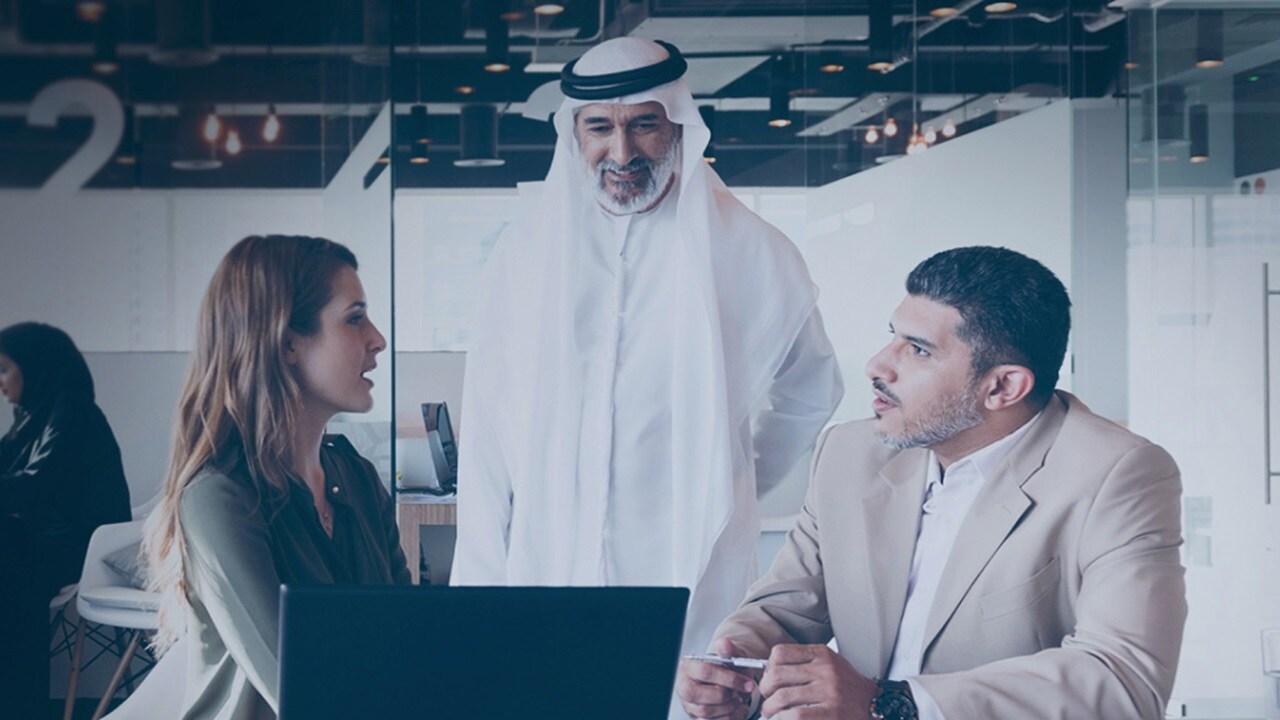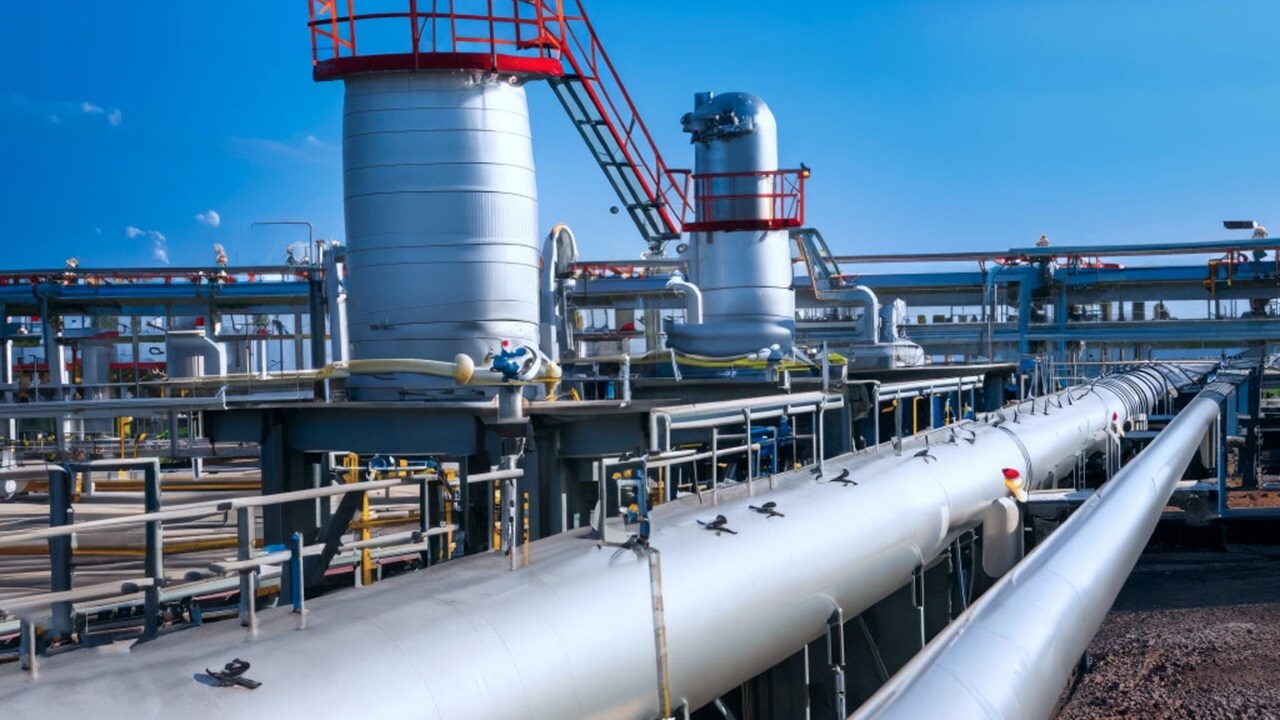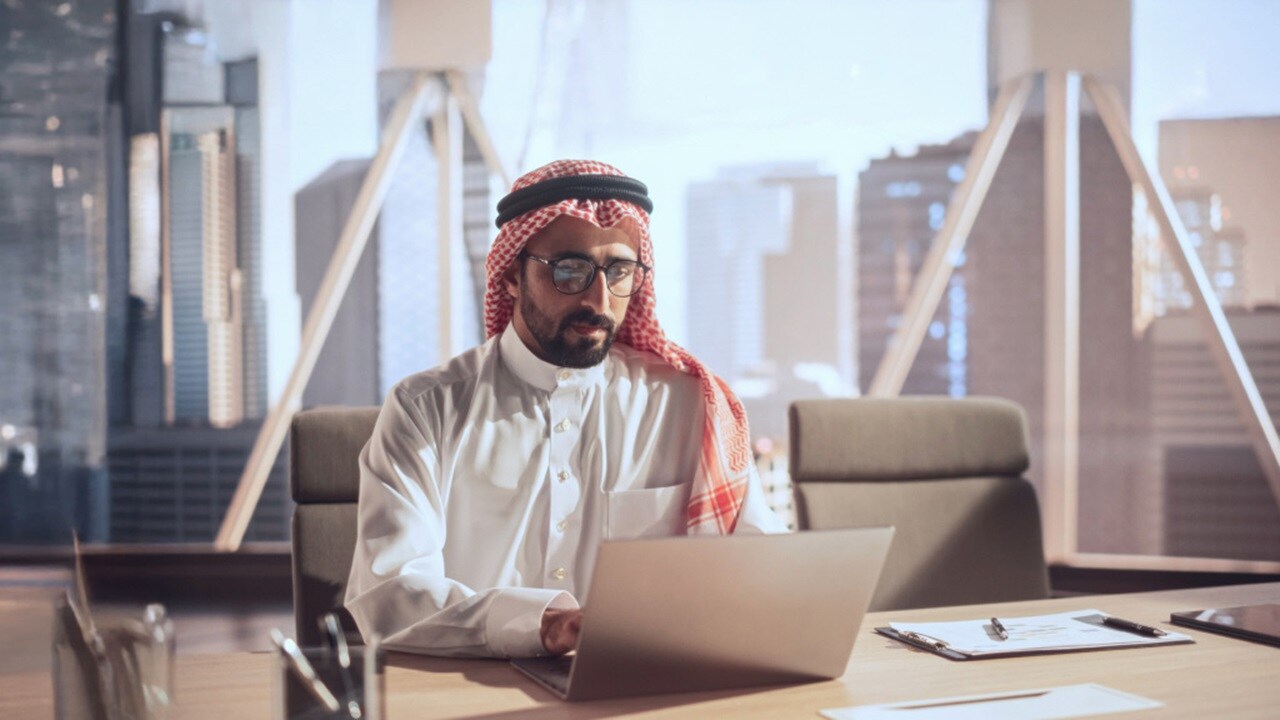IMEA Supply Chain Digest H1 2025
Tariffs, policy swings, and supply disruptions are reshaping global trade daily. The question isn’t if disruption will hit — it’s how ready you are. The IMEA Supply Chain Digest gives you the insights to transform risk into competitive advantage.
Key Highlights from the IMEA Supply Chain Digest
Engines of growth

The Indian subcontinent, Middle East, Africa (IMEA) region is witnessing diverse growth trajectories, with several economies standing out for their resilience and forward momentum.
India continues as the world’s fastest growing major economy, propelled by policy reforms and expanding sectors such as electronics, pharmaceuticals, renewable electricity, and digital services. Pakistan is inching toward recovery, supported by agriculture and services while maintaining fiscal discipline under the IMF program. Jordan maintains steady growth through resilient services, strong industrial output and a gradual recovery in tourism.
Tanzania sustains steady progress anchored by infrastructure investment, mining, and agricultural strength, supported by IMF initiatives aimed at enhancing resilience to climate-related challenges. Senegal is poised for robust growth fuelled by oil and gas production alongside strong non-oil sector expansion. Ghana shows signs of stabilisation with a stronger currency and export led earnings helping to ease inflationary pressures.
Strategic policy shifts

Across the region, new policies and partnerships are reshaping national priorities and strengthening long-term competitiveness
Bangladesh is undergoing strategic realignment through new trade negotiations with the United States, showing moderate resilience despite global shocks even as growth remains tempered by import compression, inflation and weak private investment. Kenya is pursuing recovery supported by agriculture, services and new trade partnerships, including a landmark deal with the United Arab Emirates.
South Africa is contending with energy constraints and unemployment, yet the ongoing Red Sea crisis has rerouted shipping via the Cape of Good Hope, boosting maritime traffic and reinforcing its trade relevance.
Botswana is securing long term mineral revenues through a renewed partnership with De Beers. Angola is driving diversification beyond oil with major projects such as the Lobito corridor. Saudi Arabia is advancing its diversification agenda under the national industrial strategy, with manufacturing, government services and new industries gaining momentum.
Sectoral breakthroughs

New opportunities are emerging across energy, mining and logistics, positioning countries to capture value from shifting global demand.
The United Arab Emirates is expanding its role as a global trade and innovation hub with growth in tourism, real estate, logistics and digital services. Qatar is investing in renewables, carbon capture, and hydrogen produced using renewable electricity, while aiming to advance its position in artificial intelligence, fintech, and digital industries.
The Democratic Republic of Congo remains critical to global cobalt supply chains while balancing mining strength with infrastructure led growth.
Nigeria is easing logistics bottlenecks through infrastructure upgrades that contribute to gradual stabilisation. Mali is leveraging its strong agricultural base, emerging lithium exports and expanding sector diversification.
Digital transformation

Technology has emerged as the cornerstone of economic strategy across the region, with governments and businesses leveraging digital innovation to enhance competitiveness, foster inclusion, and secure sustainable growth.
India is positioning digital services at the heart of its economic expansion, scaling infrastructure and capabilities at unprecedented speed. The United Arab Emirates is pioneering the next wave of innovation through strategic investments in artificial intelligence and blockchain technologies. Qatar is forging its digital transformation with rapid developments in fintech, AI, and emerging industries that will define tomorrow's economy.
Meanwhile, Mali is democratising financial access and expanding economic opportunities through the swift adoption of digital financial services.
From policy shifts to new opportunities, the IMEA Supply Chain Digest delivers the insights you need to stay ahead. Don’t just react to change — be ready to lead through it.
Be ready for the playbook to navigate disruptions in IMEA and go all the way!
Discover more logistics trends and insights with Maersk Logistics Insights, or read and download The Logistics Trend Map to learn more about global and regional developments.















